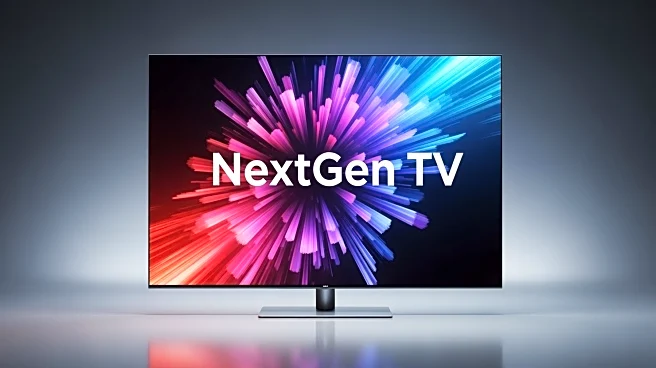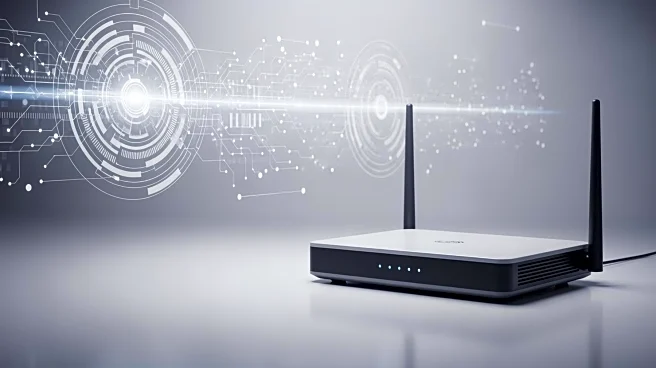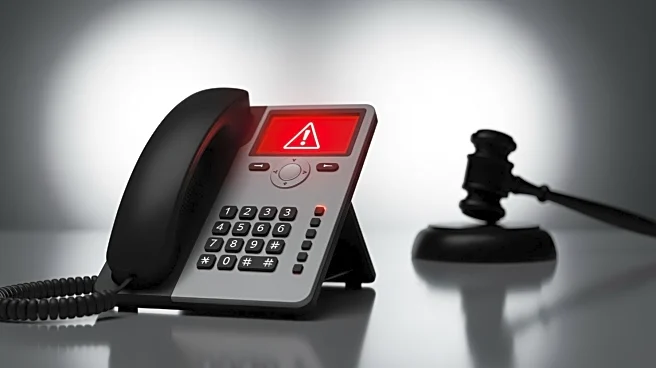What's Happening?
The Federal Communications Commission (FCC) is preparing to vote on an order to accelerate the transition to ATSC 3.0, also known as NextGen TV. This new broadcast signaling standard promises to deliver
4K and high dynamic range (HDR) video, improved audio, and advanced advertising capabilities. The transition aims to provide broadcasters with the ability to offer high-speed datacasting services. The FCC's draft order suggests a flexible approach, allowing TV stations to decide when to switch from the current ATSC 1.0 to ATSC 3.0, without a mandatory deadline. This move is part of a broader effort to modernize broadcasting in the face of streaming services and 5G networks. The National Association of Broadcasters (NAB) has proposed a two-phase plan to complete the transition by February 2030, with special waivers for smaller stations. However, the proposal has faced opposition from groups like the Consumer Technology Association and the NCTA, who argue that market forces should dictate the transition pace.
Why It's Important?
The transition to ATSC 3.0 is significant for the broadcasting industry as it seeks to remain relevant in an era dominated by streaming services and mobile networks. The new standard could open up new revenue streams for broadcasters through enhanced services and datacasting. However, the lack of a mandatory transition deadline may slow adoption, as broadcasters and consumers may be hesitant to invest in new technology without a clear timeline. The transition also poses challenges for cable operators and consumer electronics manufacturers, who may face increased costs for ATSC 3.0-capable equipment. The outcome of the FCC's decision will have implications for the future of broadcasting, consumer choice, and the competitive landscape of media delivery.
What's Next?
The FCC's upcoming vote on October 28 will be a critical step in determining the future of the NextGen TV transition. If approved, the order will provide broadcasters with more flexibility in their transition plans. However, the lack of a mandatory deadline means that the transition could be gradual, with broadcasters and consumers waiting for a clearer timeline before fully committing to the new standard. Stakeholders, including broadcasters, cable operators, and consumer groups, will likely continue to debate the merits and challenges of the transition. The FCC will also seek further input on the costs and implications of the transition, particularly for multichannel video programming distributors.
Beyond the Headlines
The transition to ATSC 3.0 raises broader questions about the role of government regulation versus market forces in technological adoption. The debate highlights the tension between innovation and the practical challenges of implementing new standards across diverse stakeholders. The success of the transition will depend on the ability of broadcasters to demonstrate the value of NextGen TV to consumers and advertisers, as well as the willingness of the industry to invest in the necessary infrastructure. The outcome could set a precedent for future technological transitions in the media and telecommunications sectors.











